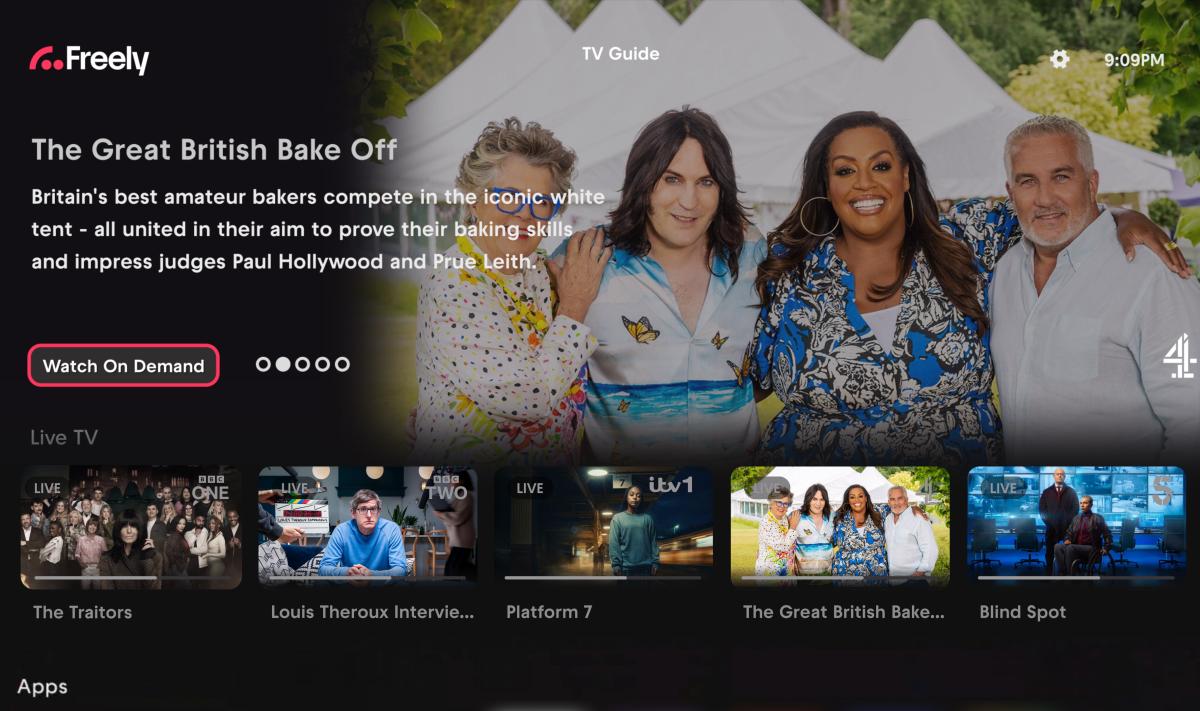A consortium of trade groups has published a definition of ‘Made for Advertising’ (MFA) websites, bringing a standardised set of characteristics to a contentious topic in the industry.
The release responds to calls from brands and agencies to clearly define MFA, after the Association of National Advertisers’ (ANA) found that 15 percent of programmatic ad spend goes to MFA sites, representing 21 percent of total impressions.
The consortium includes the ANA, the 4A’s, the World Federation of Advertisers (WFA) and the Incorporated Society of British Advertisers (ISBA). They agreed on five core characteristics of MFA:
- High ad-to-content ratio
- Usually at least twice the internet average, e.g. ad-to-content ratio of 30+ percent for desktop
- Rapidly auto-refreshing ad placements
- Numerous refreshing banner ads
- Autoplay video ads flood the site
- Slide shows forcing visitors to click through multiple pages to access content, with multiple ads
- High percentage of paid traffic sourcing
- MFA publishers often have little-to-no organic audience and are instead highly dependent on visits sourced from clickbait ads that run on social networks, content recommendations platforms, and even on the websites of reputable publishers. Buying paid traffic is the primary cost driver of operating an MFA business. Overcoming paid traffic acquisition costs requires MFA publishers to engage in aggressive monetisation practices and arbitrage
- Generic content (non-editorial or templated, low-quality content)
- Often syndicated, dated and non-unique (articles regurgitated)
- Usually poorly designed, templated website designs
The consortium added that MFA sites are created for the single purpose of simultaneously buying and selling advertising inventory. They typically use sensational headlines, clickbait and provocative content to generate page views, which in turn generate ad revenue for the site owner. As noted in the characteristics, pop-up ads, auto-play videos and intrusive ads are placed around low-quality content to maximise ad revenue.
The consortium worked alongside Chris Kane, Founder of Jounce Media, and Rocky Moss, Co-Founder and CEO of DeepSee.io, to develop the definition.
Cleaning the pipes
These standards will come as a welcome announcement for advertisers, who have cited a lack of definition as the main reason why $13 billion has been wasted on MFA websites, apparently without anyone noticing.
With these characteristics more clearly laid out, programmatic advertisers should be better equipped to avoid spending on these domains. A follow-up report by the ANA is expected to address additional issues around pricing and SSP optimisation later this year, providing further clarity for agencies.
And knowing what to look for naturally makes MFA sites easier to detect, particularly when assisted by AI companies such as DeepSee.io. But the technology cuts both ways, and AI tools are also used to spin up MFA sites, generate their content and make them harder to detect.
There is also the risk that advertisers are avoiding MFA domains but being sold fraudulent inventory, as alleged by Adalytics in its recent research into YouTube. But third-party vendors are working to mitigate the problem, with DoubleVerify this month releasing a tool to help advertisers avoid MFA sites.
Now armed with a definition to work around, advertisers may have greater ability to avoid the websites they agree should be avoided.




